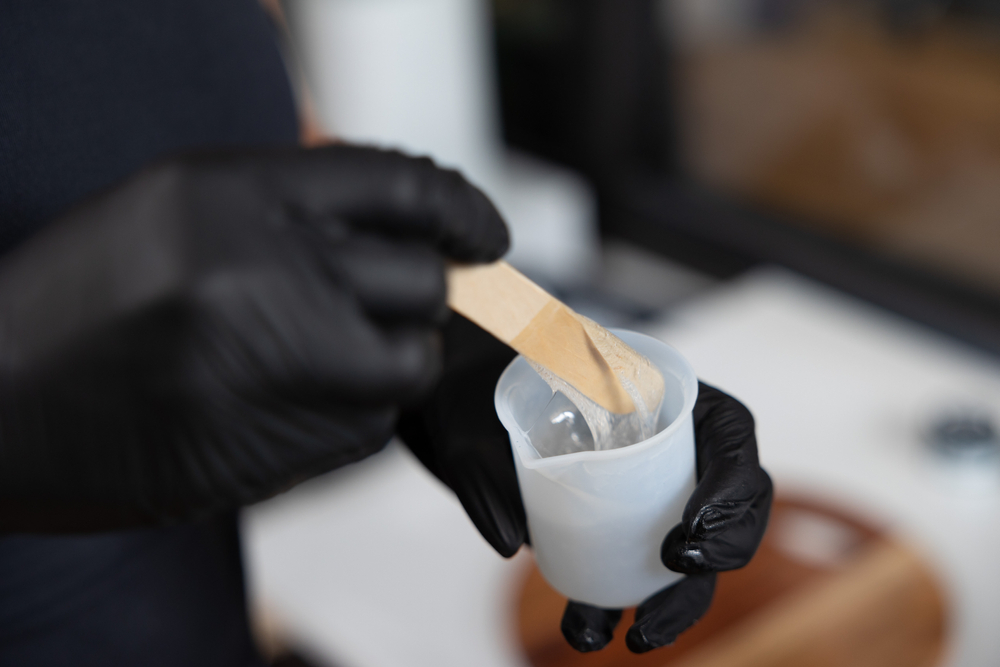
Welcome to the world of epoxy resins, where versatility meets durability in countless industrial and creative applications. At MAKO Advanced Materials, we understand the nuances that can make or break your experience with this unique material. Whether you're a seasoned professional or a DIY enthusiast, our expert tips and tricks will help you navigate the challenges of working with epoxy resins.
Understanding Epoxy Resins
Before diving into the practical tips, let’s clarify what epoxy resin is. Epoxy resin is a thermosetting polymer that, once cured, forms a strong, resistant surface. It's widely appreciated for its clear finish, high strength, and excellent bonding properties.
Proper Preparation:
- Surface Preparation: Ensure surfaces are clean, dry, and free of any contaminants like oil or dust. Use a solvent like isopropyl alcohol for cleaning and let it dry completely.
- Environment: Work in a well-ventilated area at a temperature ideally between 70-85°F. Temperatures outside this range can affect the curing process.
Mixing Epoxy Resin:
- Accurate Measurements: Use precise ratios as specified by the manufacturer. Inaccurate measurements can lead to improper curing.
- Thorough Mixing: Mix the resin and hardener for at least 3-5 minutes. Scrape the sides and bottom of your mixing container to ensure no unmixed material remains.
- Avoid Air Bubbles: Mix slowly to reduce air entrapment, which can create bubbles in your final product.
Application Techniques:
- Pouring: Pour the resin slowly and in a thin stream to avoid forming bubbles. For large projects, consider pouring in layers.
- Spreading: Use a spreader or a plastic spatula to evenly distribute the resin, ensuring all areas are covered.
- Edge Treatments: If working on a surface with edges, like countertops or tables, ensure the edges are also adequately coated to prevent drips.
Curing Process:
- Cure Time: Allow the resin to cure as per the time recommended by the manufacturer. This can vary depending on the product and environmental conditions.
- Temperature: Maintain a consistent temperature during the curing phase to prevent flaws.
- Post-Curing: Some projects may benefit from a post-curing phase, where heat is applied to achieve complete polymerization and maximum strength.
Finishing Touches:
- Sanding: Once cured, if the surface isn't as smooth as desired, you can sand it down starting with coarse-grit sandpaper and moving to finer grits.
- Polishing: For a glossy finish, use a polishing compound and a buffing wheel.
Safety First:
- Personal Protective Equipment (PPE): Always wear gloves, safety goggles, and a respirator mask when handling epoxy resins to protect against fumes and skin contact. Refer to the product Safety Data Sheet for additional information.
- Proper Disposal: Follow local regulations for disposing of epoxy resin materials.
Troubleshooting Common Issues:
- Sticky or Soft Spots: Often a result of inadequate mixing or incorrect ratios. Make sure to measure and mix as accurately as possible.
- Bubbles: If bubbles appear, gently exhale over the surface or use a heat gun to lightly pass over the area. The heat helps bubbles rise to the surface and pop.
Mastering the use of epoxy resins can transform how you handle everything from simple home projects to complex industrial applications. By following these tips and tricks from MAKO Advanced Materials, you’ll ensure successful, durable results every time. Remember, the key to professional-looking epoxy resin projects lies in preparation, precision, and patience.
Looking for high-quality epoxy resins or need more personalized advice? Visit our Contact Us page or check out our Product Range to find the perfect solution for your needs.





